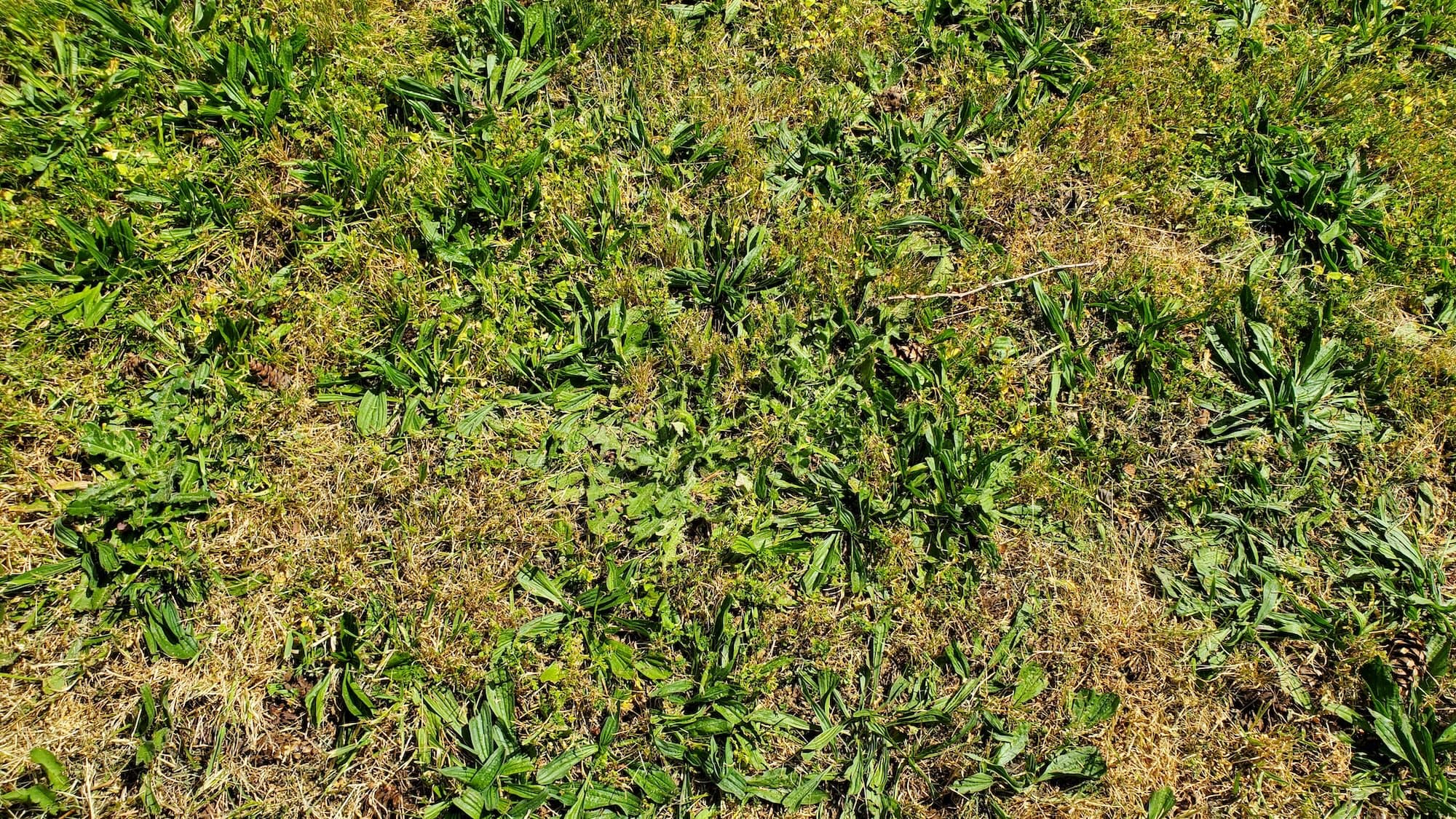West Seattle Hand pull weeds in flower beds
Homeowner’s Issue
West Seattle yards face specific pressures: heavy Pacific Northwest rainfall, mapped shade from big cedars and maples, compacted glacial soils on some lots, and salt or wind exposure on bluff-front properties near Alki. Many beds sit under mature trees or on steep slopes (High Point, Fauntleroy pockets), so weeds and moss capitalize on shaded, acidic, damp conditions. Spring and fall are the main weed flushes here — dandelions, chickweed, bindweed, and volunteer grasses show fast after long rainy stretches. Ivy and English ivy on slopes and fences are common, and they root deeply and smother ornamentals if left.
Curb appeal and HOA rules matter in several neighborhoods (Admiral, Alaska Junction corridors), so tidy flower beds are often a quick property pick-me-up. Drainage problems from winter rains can make hand-weeding harder: saturated roots break off easily, leaving crowns that regrow. Seattle’s summer watering windows and occasional restrictions mean we plan care to reduce irrigation dependency and to avoid plastic landscape fabric; we use organic mulch layers and compost to improve structure. Sustainable, manual control is the most reliable approach here — no herbicides, just targeted removal, soil improvement, and mulching to cut repeat visits.
Our Quality Service
We hand-remove weeds by the root, backfill disturbed spots with compost, and apply a mulch barrier to suppress re-growth. We use hori-hori knives, long-handled weed pullers, trowels, and kneeling pads to protect plants and crews. For steep slopes we use safe footing techniques and hand tools only — no heavy machinery on fragile banks.
Typical timelines: small beds (under 100 sq ft) — 1–2 hours; medium beds — half day; full-yard bed refresh — one day. Recurring maintenance reduces time per visit. We work around Seattle’s rain patterns, preferring a damp day after a dry spell so roots come out clean. All methods are mechanical or organic — no chemical herbicides.
Benefits: safer for kids and pets, better curb appeal, improved soil health, and lower long-term maintenance.
What’s Included
- Full inspection of beds and weed identification.
- Hand-pulling weeds down to root/taproot where practical.
- Light soil loosening and compost beading into holes.
- Raking and tidy cleanup; debris sorted for green bin or haul-away.
- Optional mulch application (shredded bark, cedar-free on request).
Options / upgrades:
- Cardboard under-mulch installation (no plastic landscape fabric).
- Extra compost/topdressing for tired beds.
- Ivy pull and root removal on fences/slopes (labor intensive).
- Moss thinning and light aeration in shade beds.
- Haul-away vs. green-bin composting (we follow Seattle Public Utilities rules).
Before & After / Expectations
Expect some noise from tools and a short window of visible disturbance where roots are removed. There will be brown plant material before the site looks “done” — we sweep and bag debris but deeply embedded roots may require a second pass. Access: please clear a path and let us know gate codes or parking limits in Alaska Junction or Admiral areas.
Timing: busy spring and fall seasons fill fast; allow 1–2 weeks lead time for non-urgent jobs. For slopes and ivy we may need multiple visits to fully remove regrowth.
Care tips for West Seattle:
- Watch for the spring flush (March–May) and book preventative visits then.
- Mulch in late fall to retain moisture and suppress winter weeds.
- Avoid evening irrigation; water early morning when allowed to reduce moss.
- Remove young ivy runners now — they’re easier to pull than mature vines.
FAQs
Q: How often should I schedule hand-weeding?
A: For most West Seattle yards, quarterly keeps beds tidy. High-traffic or rental properties may want monthly visits during spring and summer.
Q: Do you use herbicides?
A: No. We use only mechanical removal and organic soil and mulch treatments.
Q: Can you compost the pulled weeds?
A: Yes. If weeds haven’t set seed and city green-bin rules are met, we can divert to green cart composting or haul-away to a yard-waste facility.
Q: What if my beds are on a steep slope?
A: We specialize in safe, manual removal on slopes. Severe erosion or mass ivy may require staged work and repeat visits.
Q: How do you handle messy debris?
A: We sort for green-bin composting when possible. Large volumes may incur a haul-away fee (we’ll quote up-front).
Call to Action
If you own a home in West Seattle and want tidy, sustainable flower beds, book a free estimate today. We schedule quickly around neighborhood events and local rain patterns and offer short-term maintenance plans. Trusted local crew, upfront pricing, and hands-on removal — no chemicals.
Email: neatandtidyseattle@gmail.com
Phone: 206-538-9344
Licensed • Bonded • Insured — local, experienced, and practical.










